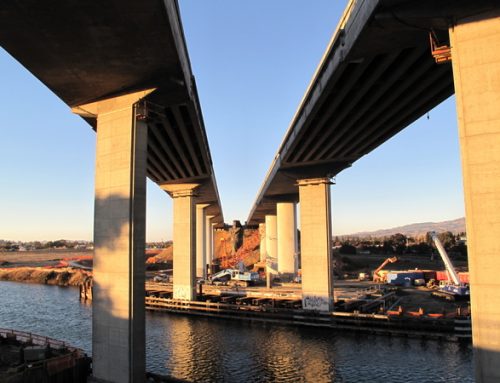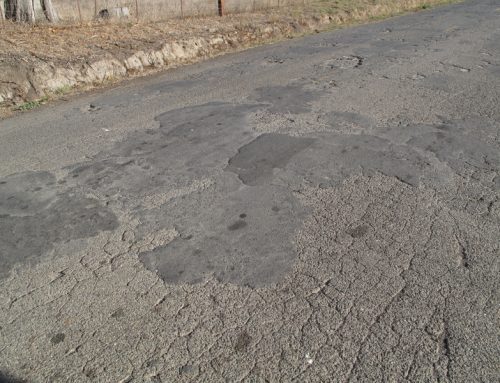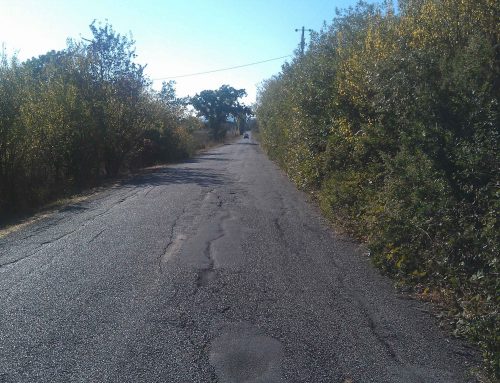As Highway 101 is being widened in Sonoma County to add a car-pool lane during commute hours, the number of commuters car pooling has dropped, according to Census Bureau data.
The bureau’s American Community Survey of 2006-2008 found 26,176 workers car pooled, down from 28,283 in the 2000 Census. The number who drove alone to work was 167,959 in 2006-2008, down slightly from 168,134 in 2000. (Total Sonoma County workers for both periods were about the same, 224,947 in 2000 and 227,084 in 2006-2008.)
As a percentage of total workers in Sonoma County, the number of car poolers has steadily declined since 1980, when 16.3 percent car pooled. In 1990, it was 13 percent, in 2000 it was 12.6 percent and in 2006-2008 it was 11.5 percent.
The Census Bureau data shows the county had about 227,000 total workers in 2006-2008, 100,000 more than it did in 1980.
A downward trend in car pooling also was found across the Bay Area overall by the Census Bureau, with the 2006-2008 data showing 10.4 percent of workers car pooled, slightly less than the figure for Sonoma County.
Car-pool data from the 2010 Census is expected to be made public later this year.
Sonoma County’s car-pool lanes, which now stretch from south Santa Rosa to downtown Windsor along Highway 101, got their start in the 1990s when local officials were pushing to widen the highway, said Suzanne Smith, executive director of the Sonoma County Transportation Authority.
She said the federal government required car-pool lanes, also known as HOV for High-Occupancy Vehicle lanes, as a condition of receiving federal funding for any highway expansion but said she’s unsure if that’s the case now.
Caltrans spokesman Bob Haus said he understood that the Metropolitan Transportation Commission, which oversees planning, coordinating and financing of transportation across the Bay Area, requires car-pool lanes in highway widening.
But John Goodwin, a spokesman for the MTC, said MTC does not require car-pool lanes although it strongly encourages them.
Both Smith and Goodwin said that regardless whether they’re required, car-pool lanes are a good idea for Sonoma County because they help ease traffic congestion and environmental problems. Goodwin noted one freeway lane only has a capacity of 2,000 cars an hour.
Some Road Warrior readers have questioned the afternoon car-pool hours of 3 to 6:30 p.m. in Sonoma County.
Haus said Caltrans set the hours based on commuter data for Highway 101.
“The idea is to begin the HOV hours just before the congestion starts and end them just after,” he said.
For Santa Rosa, Haus said, “congestion in the southbound lanes begins right around 3 p.m. On the northbound side, congestion doesn’t start until about 4 p.m. But in this case, and most others, we usually go with the same start time for both north and southbound for the sake of simplicity and consistency.”
Goodwin said the MTC has launched a program to create an 800-mile, express-lane network across the Bay Area for car poolers as well as solo drivers willing to pay a toll to use them. Already, a stretch of Interstate 680 in Alameda County is being used as such a toll lane. Ultimately, he said, thet program will be implemented in Sonoma County with local politicians’ approval.
To read earlier story on car-pool violations, CLICK HERE.



